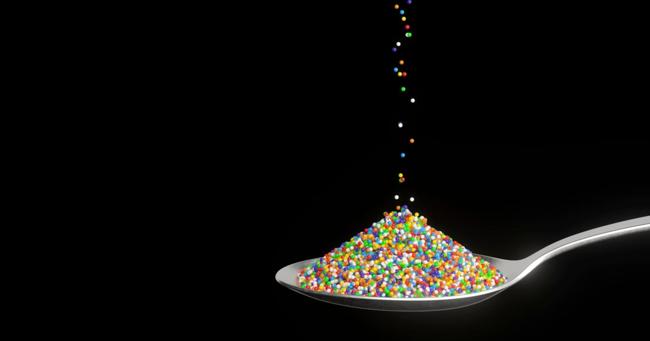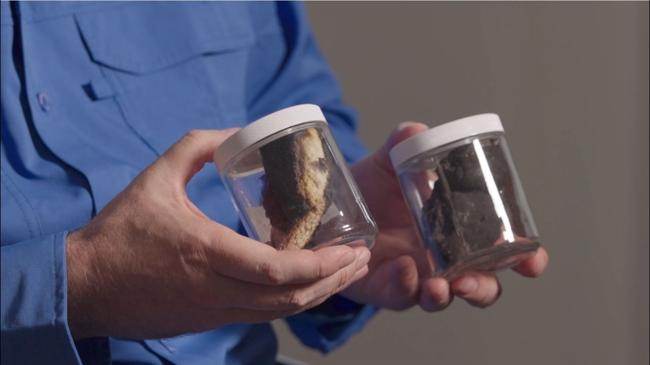Summary
These micro- and nanoplastics end up in our air, soil, water and food. Humans breathe in these particles and ingest them.
Source: The Seattle Times

AI News Q&A (Free Content)
Q1: What are microplastics, and how do they end up in cosmetic products?
A1: Microplastics are synthetic solid particles or polymeric matrices ranging from 1 μm to 5 mm in size. They are used in cosmetics as exfoliating agents (microbeads), fillers, or texture enhancers and can be found in products like facial scrubs, toothpaste, and makeup. After use, these particles are washed down the drain and can enter natural ecosystems, contributing to environmental pollution. Primary microplastics are intentionally manufactured for use in cosmetics, while secondary microplastics result from the breakdown of larger plastic items.
Q2: What are the potential health risks associated with exposure to microplastics in cosmetics?
A2: Microplastics in cosmetics can be inhaled or ingested, leading to their accumulation in human tissues. While research is ongoing, studies suggest that microplastics can carry harmful chemicals and potentially disrupt endocrine function, trigger inflammation, or cause cellular damage. The small size of nanoplastics allows them to penetrate biological barriers, raising concerns about long-term health impacts, though definitive health outcomes are still under investigation.
Q3: How do microplastics from cosmetics impact the environment?
A3: Microplastics used in cosmetics are often not removed by wastewater treatment plants and end up in rivers, oceans, and soil. They persist in the environment for hundreds to thousands of years, contaminating aquatic and terrestrial ecosystems. Microplastics can be ingested by marine life, accumulate in the food chain, and reduce soil ecosystem viability, contributing to pollution and potential harm to biodiversity.
Q4: Are there biodegradable alternatives to synthetic microplastics in cosmetics?
A4: Recent research has focused on plant protein-based microcapsules as biodegradable alternatives to synthetic microplastics for use in cosmetics and personal care products. These microcapsules can encapsulate both hydrophilic and hydrophobic ingredients, are digestible, and exhibit high biodegradability, meeting international standards for microplastic alternatives. Their adoption could significantly reduce the environmental impact of cosmetic formulations.
Q5: What regulations exist to limit or ban microplastics in cosmetic products?
A5: Several countries and regions have introduced regulations to restrict or ban the use of microbeads and other microplastics in cosmetics. For example, the European Union has moved to ban intentionally added microplastics in cosmetics, while similar bans exist in the United States, Canada, and the United Kingdom. These regulations aim to reduce environmental contamination and encourage the cosmetics industry to adopt safer alternatives.
Q6: According to recent scholarly research, how effective are current detection methods for microplastics in environmental samples?
A6: Recent advances in detection methods, such as resonance microwave spectroscopy, have improved the ability to quantify microplastics in soil and water. This technique allows for real-time, in-situ detection at concentrations as low as 100 parts-per-million, offering an additional tool alongside established spectroscopic protocols. Accurate detection is crucial for monitoring environmental contamination from cosmetic-derived microplastics.
Q7: What does the latest research suggest about the impact of marine microplastics on vulnerable populations, such as infants?
A7: A 2024 study highlights the accumulation of marine microplastics in waterways and their potential transfer through the food chain to humans, including infants. While direct health effects in infants require further investigation, the presence of microplastics in human tissues and biological samples raises concerns about developmental impacts and underscores the need for stricter controls on microplastic pollution, including sources from cosmetics.
References:
- Microplastics, https://en.wikipedia.org/wiki/Microplastics
- Microplastics and human health, https://en.wikipedia.org/wiki/Microplastics_and_human_health





